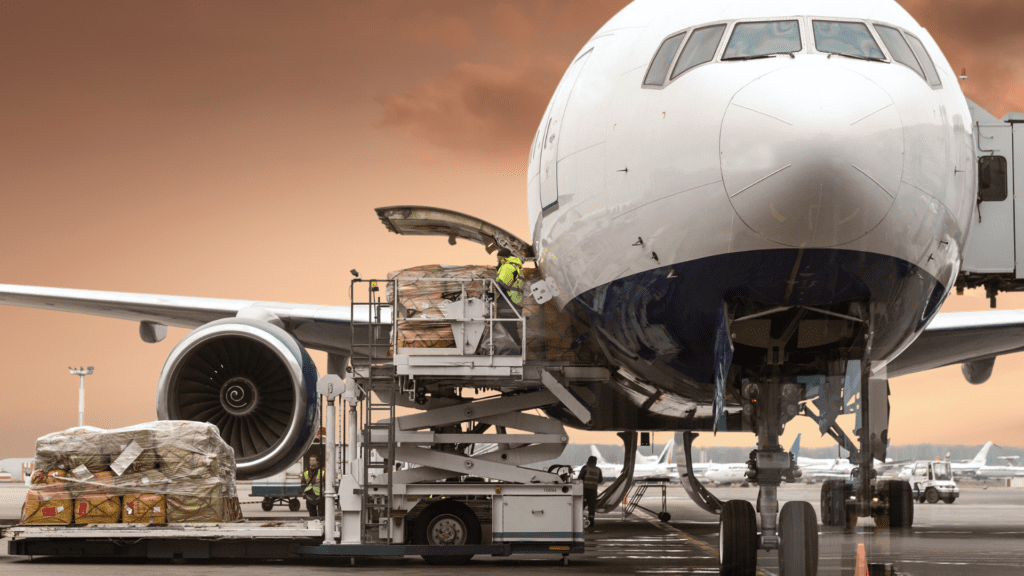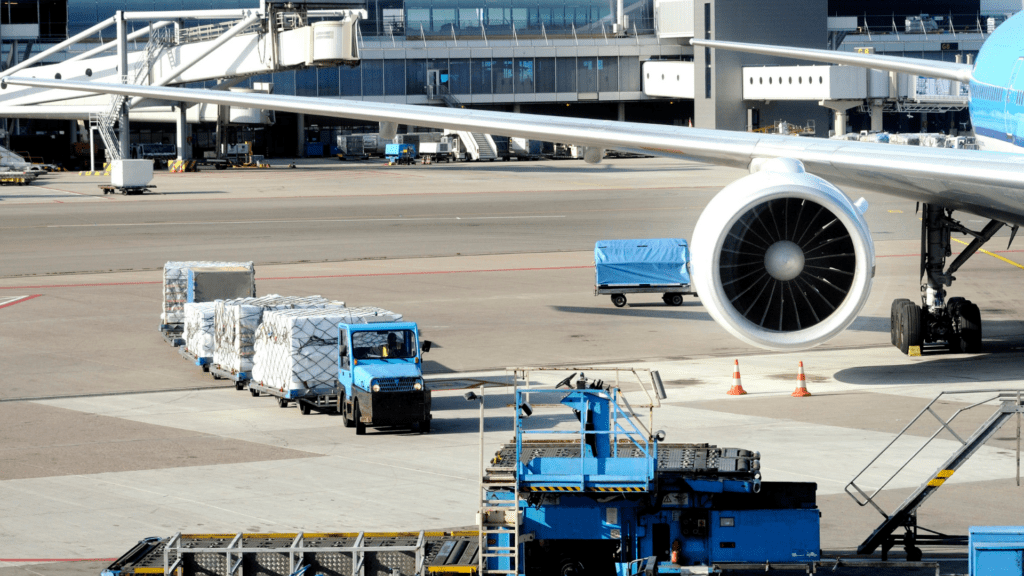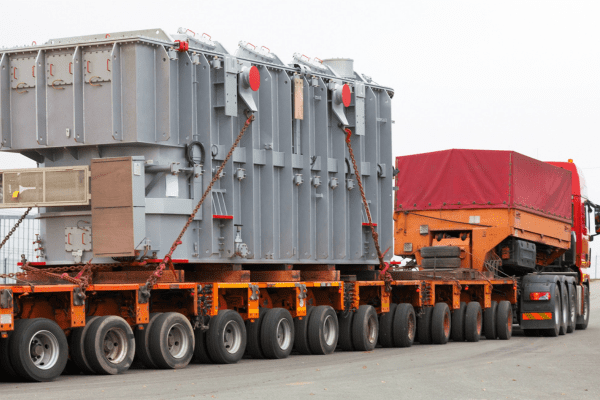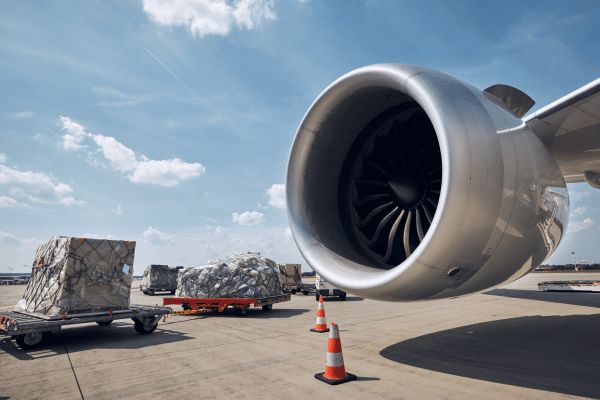Air freight mistakes can be a major headache for businesses and can affect a company’s bottom line. In this article we’re going to break down the most common mistakes made by air freight shippers and what you can do to avoid these problems.
If you require reliable freight and charter flight solutions, speak to the air service Perth team at CASAIR. We offer domestic and international air freight services for big or small shipments that suit a range of budgets.
Common air freight mistakes
Transporting goods by air freight can be a complicated business, with a lot to go wrong. Common problems include incorrect or incomplete documentation, insufficient packaging, overpacking, and supplier-led shipments.
Incorrect or incomplete data and documentation
Improper documentation is one of the more common issues in the air freight business. Data that we frequently see listed incorrectly or missing altogether include:
- The number of packages
- The seal number
- The harmonised tariff code
- The verified gross mass (VGM) weight
- Hazmat documents
- Commercial invoices
- Export shipping documents
Even when small bits of data are missing or incorrect, costly consequences can result. When these errors are picked up in the middle of the shipping process, shipping lines often use this as a reason to roll shipments—this means they remove them from the initially planned aircraft itinerary and put them on a later one. This happens frequently since there is always another shipment to take your shipment’s place.
Additionally, when customs spot an inconsistency in the reported numbers and flag your cargo for inspection, inspection fees can be costly. All of this will add delays and even more costs for your business.
Booking without enough lead time
Air freight is the preferred mode of cargo transport for fast-moving or urgent shipments, but it’s also one of the more complicated shipping methods. There are a lot of steps that go into air freight shipping. Rushed planning can mean costly mistakes are made, especially when working with tight schedules and when you’re not familiar with current regulations and laws.
International air freight transport times can vary hugely, but typically you’re looking at around 8–10 days of shipping time (versus an average of 30–40 days by sea). While the actual time your goods spend in the air may be short, the logistics that go into getting your goods to that plane and then to their onward destination take much longer.
The typical process that most shipments must go through includes:
- Goods prepping (documentation, packing, etc.)
- Trucking coordination (awaiting pick-up)
- Customs
- Trucking coordination for onward journey
In an ideal world, your goods would fly through this process without a hitch every time. In reality, you ought to be prepared for hiccups such as bad weather that delays flights and hold-ups at customs as your goods are searched. The bottom line is that despite air freight being around 3–4 times quicker than sea freight, you should still always allow some contingency time.
Inefficient or incorrect packaging
While air freight is one of the fastest modes of shipment, it can be pricier than other methods—although time saved through quicker shipping can make up the cost. Inefficient packing, however, will drive costs up. Your goods should be packed in the most efficient space-saving manner possible so that your costs are minimised.
Generally, stretch wrapping is the best-recommended method of packing your cargo. Stretch wrapping provides good structural stability and keeps everything locked in place as well as providing additional protection for your goods. It’s also highly important that you secure your goods to the pallet itself—start by binding the bottom of the shipment to the pallet, then bind the rest together.
Additionally, incorrect packing may lead to the cargo surpassing the legal limits for dimensions or weight, and as a result, the entire shipment may be detained, usually causing further issues in your supply chain.
Using the incorrect type of pallet
There are several types of pallets out there. The type of pallet you should be using will depend on what sort of good you’re shipping. The strongest pallets generally have bottom deck boards—this means increased structural stability and suitability for heavier shipments. So, definitely consider using these types of pallets if you’re shipping heavy goods.
Always bear in mind that air freight is packed together tightly. Ensure your goods are well packed to prevent damage and spillage. It’s also advisable you use four-way pallets (pallets that can be picked up from every side) as this will make loading and unloading easier, potentially minimising the risk of damage to your goods.
Overpacking
Pay close attention to the rated capacity of any pallet you choose and always allow some leeway i.e. don’t load your pallet right up to the weight allowance, particularly if the pallet is being re-used.
Not only does overpacking risk damage being done to your shipment but you could find your shipment incurs additional fees. Air freight carriers measure your shipment’s size and weight, generally using the larger of the two measurements to calculate the cost. When your goods are being packed, it’s important that only the agreed number of products are loaded.
Overhanging goods or goods that have slipped into the pallet
This is a sure-fire way to damage your goods. If goods are overhanging the pallet, when the forklift driver comes to pick up the pallet, the forks could puncture the goods. Similarly, any goods that fall below the top deck board of the pallet can also easily become damaged by the forklift. If improperly loaded goods are damaged in transit, generally, you are the one liable.
To avoid these situations, ensure that goods are packed properly and are unlikely to sag and end up overhanging. Also, use a pallet that has narrow spacing between its top board so that goods are less likely to end up slipping down inside the pallet and ensure goods are positioned in a way that they can’t slip between the gaps in the pallet.
Not being fully aware of costs
Shippers that are new to the business often feel they’ve been cheated when they look at the bill for their shipment and the cost doesn’t match the initial estimate. Common additional costs include:
- Pallet and packaging dimensions. If your shipment turns out to have different dimensions and/or weights than you initially gave your provider, you may incur additional costs.
- Hazardous goods and certification. Sometimes customers are unaware that their goods are classified as dangerous and they don’t attain the correct certification for them. This will mean delays while it’s determined if your goods can be shipped at all and extra costs to attain certifications on the spot if this is possible. You can also be fined for attempting to ship goods that are dangerous without prior approval.
- Custom fees. These are self-explanatory and depend on the jurisdiction you are sending the freight.
- Demurrage and detention. You don’t always have control over demurrage. It means that there is a delay in your container being picked up and delivered to the warehouse. The longer the delay, the higher the cost. Detention means there is a delay in your goods leaving the warehouse. This usually occurs because there is a misunderstanding as to what is required to move your goods onto the truck e.g. a forklift. Detention fees can normally be avoided by being aware of the necessary logistics tools for your goods.
Lack of communication
Communication is critical to achieving the desired result for both parties—the client and the provider. Communication cannot be just one way. It has to be two ways, in order to be effective and prevent any issues that may arise further down the project. Not all air freight forwarders are a match for a business’s needs, so it’s essential businesses find a freight partner that is best suited for their business.
Letting your supplier ship your goods for you
It’s not that your supplier is out to get you, but that it’s unlikely they’ll be able to give you the best possible service. While your supplier may be an expert in their own field, suppliers generally aren’t the most knowledgeable parties out there when it comes to air freight shipping.
Just like how you wouldn’t go to your butcher for reading glasses, it’s recommended you don’t ship your goods with your supplier. A dedicated team of logistics experts like CASAIR deal with much more volume in terms of goods shipment, meaning they can get better prices and offer better transparency and peace of mind.
Conclusion
Air freight shipping is complicated, and there can be unexpected costs around every turn. Extra costs can be incurred due to incorrect documentation, last-minute planning, overpacking, and more. For these reasons, it’s crucial you entrust your cargo to an experienced, well-respected, and accredited freight forwarder.
CASAIR was established in 1992 and assists businesses with a wide range of services including freight forwarding, charter flights Perth, and private jets Perth. CASAIR is able to provide services to small or large companies for both domestic and international shipments.
Have a look at the range of freight solutions we have to offer at CASAIR here.











